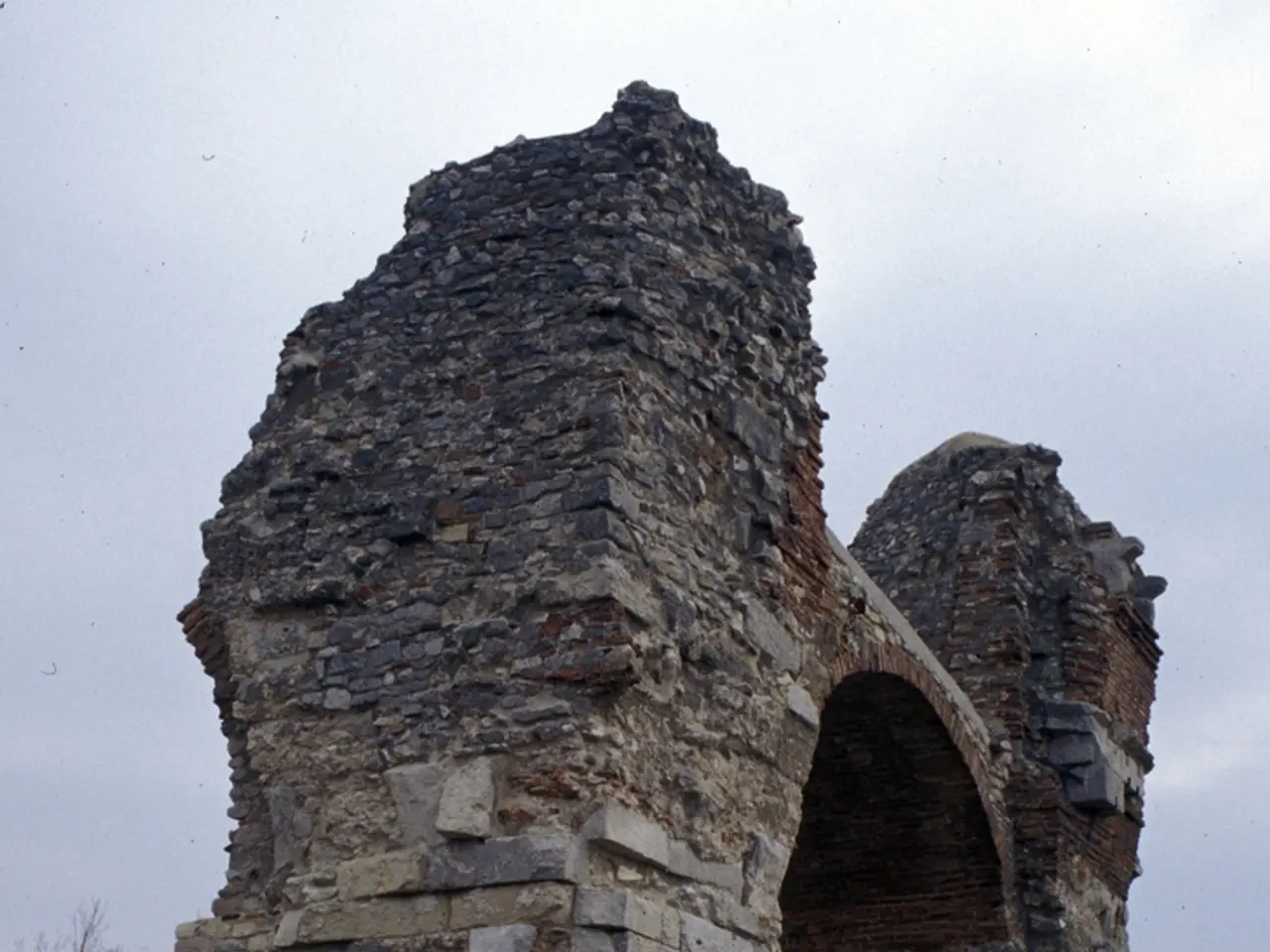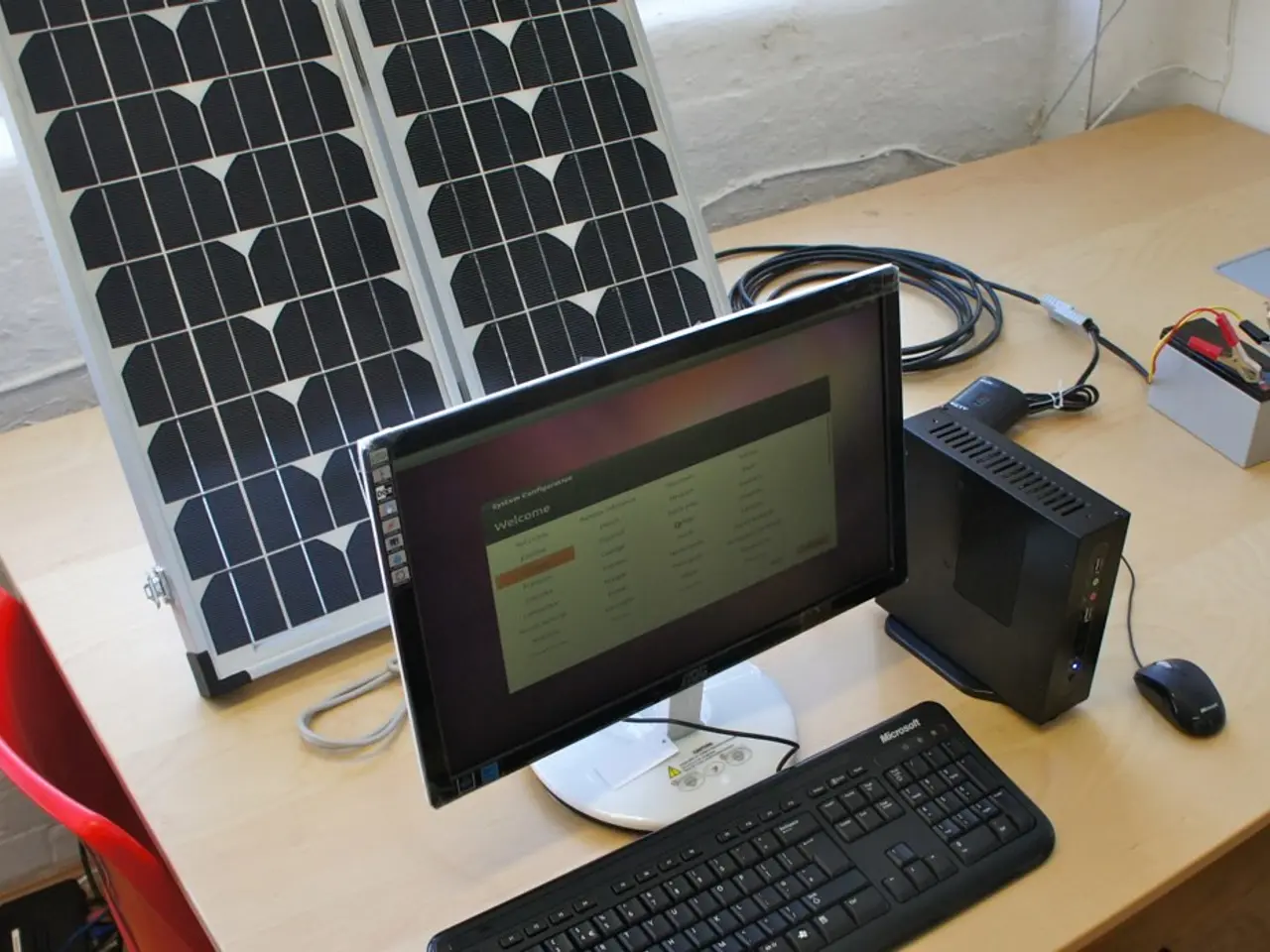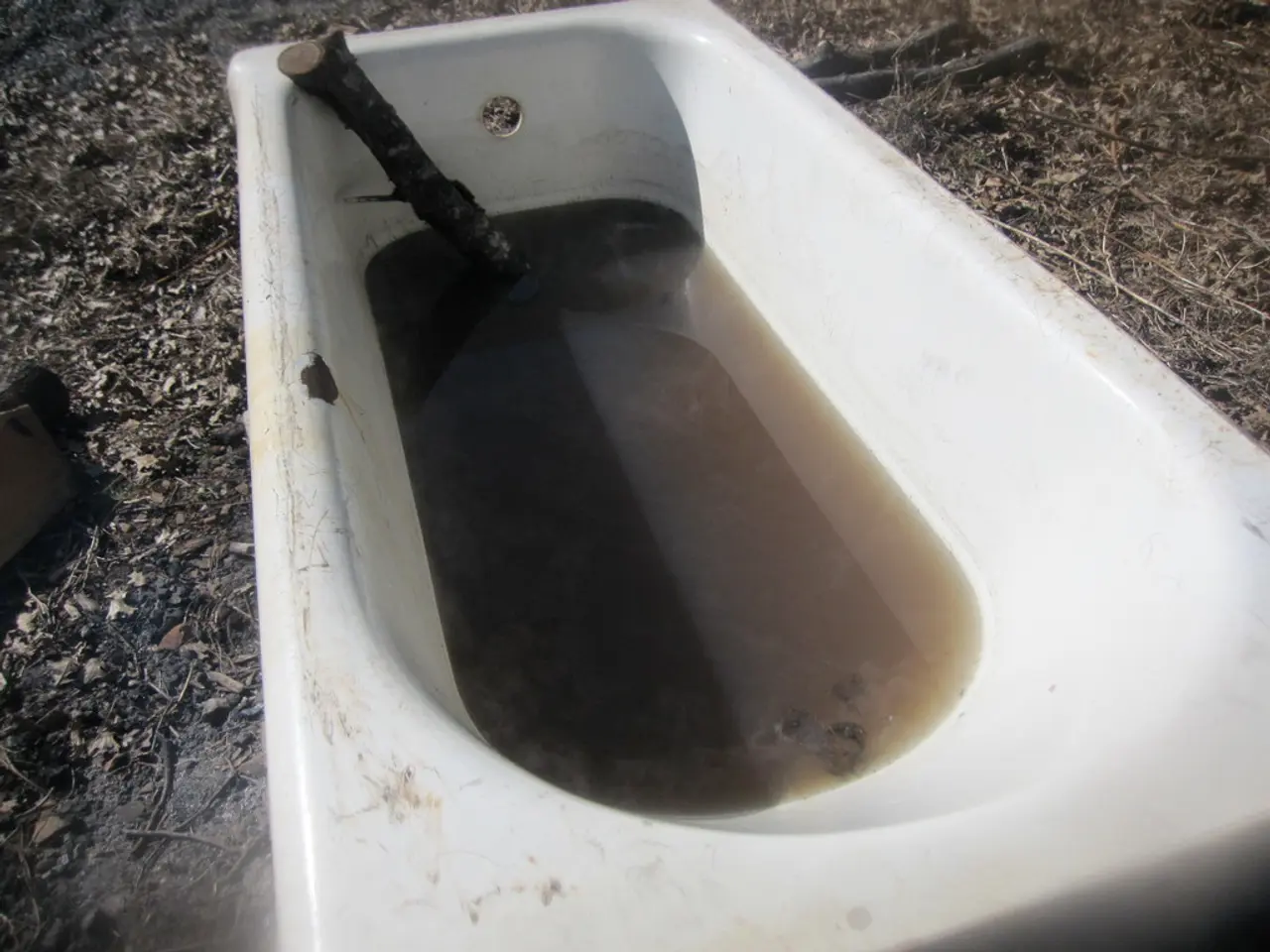Modern Buildings Transformed: Energy-Saving Intelligent Roofing Systems by Hi Tech Roofing
The roofing industry is experiencing a technological revolution, with smart roofing systems leading the charge in innovation for 2025. These advanced systems are designed to prioritize sustainability, resilience, and connectivity, integrating smart materials and artificial intelligence to optimize energy use and maintenance.
## Key Trends and Advancements
### 1. Integrated IoT Sensors and Monitoring Systems
Smart roofing systems are equipped with embedded sensors that provide real-time monitoring for leaks, moisture, and heat loss. These sensors alert homeowners and maintenance professionals before minor issues escalate, ensuring prompt action and reducing the need for costly repairs. Drones equipped with cameras and sensors are also increasingly used for efficient, safe, and thorough roof inspections, especially after adverse weather events. The Internet of Things (IoT) enables roofs to communicate with home automation systems, streamlining performance tracking and predictive maintenance.
### 2. Self-Healing and Smart Materials
Self-healing technologies, inspired by advances in biomimetic engineering, are being explored for commercial applications. These membranes can autonomously repair minor cracks, improving longevity and reducing maintenance costs. New weather-resistant and reflective coatings protect roofs from UV rays, thermal shock, and extreme weather, while also boosting energy efficiency. Metal roofs are evolving with improved coatings for rust resistance, enhanced energy efficiency, and aesthetic versatility.
### 3. Thermochromic and Energy-Optimizing Materials
Thermochromic materials change color or reflective properties in response to temperature, helping to regulate building temperature by reflecting more sunlight when hot and retaining heat when cold. Cool roof technology remains a major trend, with materials designed to reflect and redirect sunlight, lowering indoor temperatures and reducing energy consumption.
### 4. AI-Powered Energy Optimization
AI-driven systems analyze data from integrated sensors to optimize heating, cooling, and ventilation, dynamically adjusting settings for maximum efficiency. Machine learning algorithms predict weather impacts, maintenance needs, and potential system failures, enabling proactive management and reducing downtime. Solar tile roofing and integrated photovoltaic systems are becoming more prevalent, seamlessly blending renewable energy generation with smart monitoring for optimized output.
## Summary Table
| Feature | Description/Advancement | |---------------------------------|------------------------------------------------------------------------| | IoT Sensors | Real-time leak, moisture, and heat detection | | Drone Inspections | Efficient, automated roof assessments | | Self-Healing Membranes | Autonomous repair of minor cracks | | Advanced Coatings | Weather/UV resistance, aesthetic options | | Thermochromic Materials | Adjust reflectivity/color based on temperature | | Cool Roofs | Reflect sunlight, reduce energy use | | AI/Energy Optimization | Data-driven, dynamic energy management | | Solar Integration | Smart solar tiles with monitoring and optimization |
## Market and Consumer Drivers
The demand for durable, energy-efficient, and adaptive roofing solutions is increasing due to increasingly severe weather and rising energy costs. Homeowners and businesses seek eco-friendly materials and systems that reduce carbon footprints and lower bills. Advances in financial technology make smart roofing upgrades more accessible, making these innovations more attainable for a wider audience.
From advanced ventilation systems to self-healing membranes, smart roofing technology is rapidly evolving, promising better performance, longevity, and sustainability for both residential and commercial properties.
- The advanced smart roofing systems, a manifestation of predictive maintenance, leverage hi-tech IoT sensors and monitoring systems to provide real-time monitoring for leaks, moisture, and heat loss.
- Homeowners and maintenance professionals are alerted before minor issues escalate, ensuring prompt action and reducing the need for costly repairs through these integrated IoT systems.
- Drones equipped with cameras and sensors are increasingly used for efficient, safe, and thorough inspections of roofs, especially after adverse weather events.
- The Internet of Things (IoT) enables roofs to communicate with home automation systems, streamlining performance tracking and predictive maintenance in the real-estate sector.
- Innovations in technology, such as self-healing materials inspired by biomimetic engineering, are being explored for commercial applications to improve the longevity of roofs and reduce maintenance costs.
- New weather-resistant and reflective coatings protect roofs from UV rays, thermal shock, and extreme weather, while also boosting energy efficiency in the renewable-energy industry.
- Technology gadgets like AI-powered systems are analyzing integrated sensor data to optimize heating, cooling, and ventilation, and they dynamically adjust settings for maximum efficiency in the finance and smart-home-devices industry.




